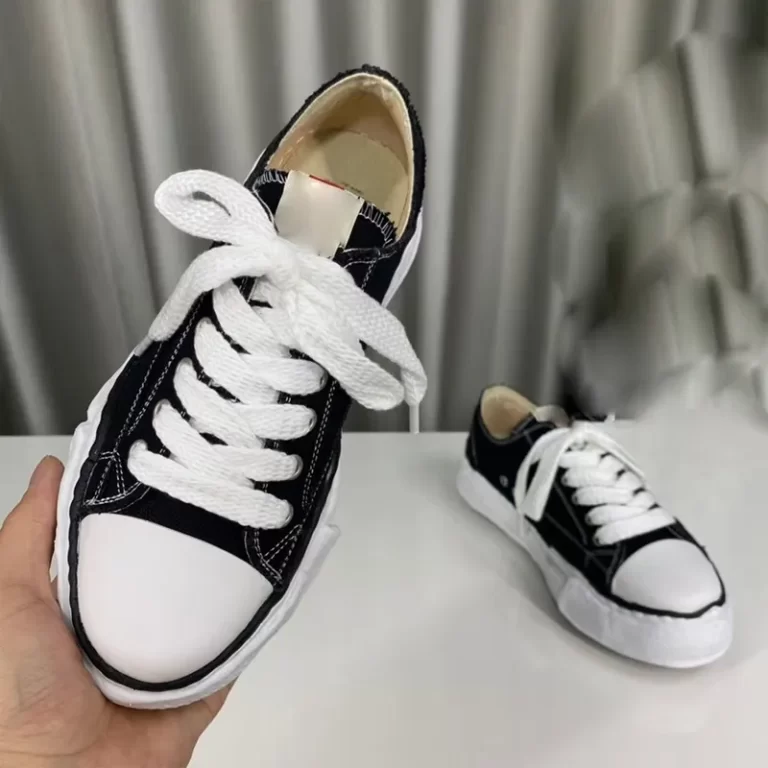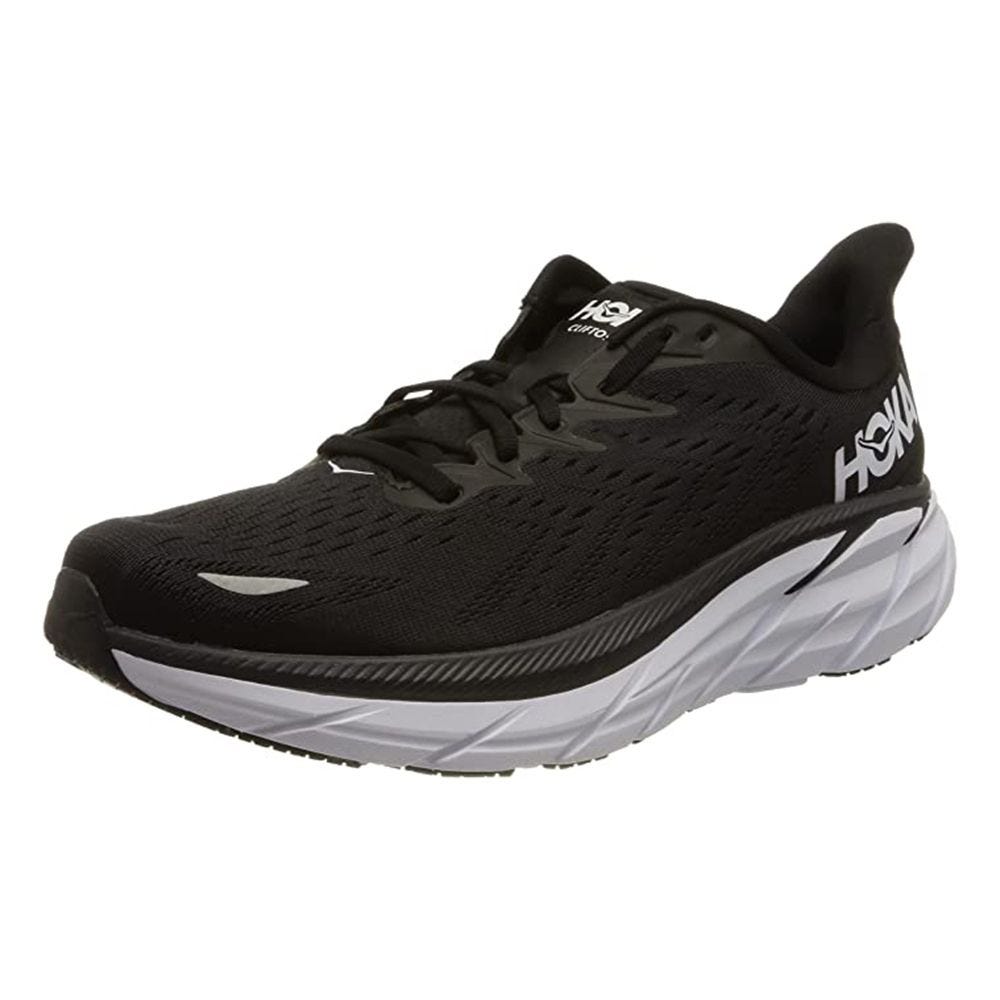
Running Shoes with Arch Support: Tips for Finding the Perfect Fit
Importance of Arch Support in Running Shoes
Arch support is essential for comfortable and safe running. It helps maintain proper foot alignment and reduces strain. Choosing the right running shoes with arch support ensures you can enjoy your run without discomfort.
How Arch Support Prevents Injuries
Arch support reduces excessive pressure on the feet during movement. It minimizes the risk of overuse injuries like plantar fasciitis and shin splints. Proper arch support promotes shock absorption, protecting your knees, hips, and lower back. By stabilizing your feet, it prevents improper footing that can lead to accidents.
Benefits for Different Arch Types
Runners have varying arch types—flat, neutral, or high arches. Each requires specific support features:
- Flat arches: Need strong support to counter overpronation.
- Neutral arches: Benefit from balanced cushioning and mild stability.
- High arches: Require extra cushioning to absorb impact and aid underpronation.
Selecting running shoes with arch-specific support ensures comfort and reduces pain. It allows runners to focus on performance without worrying about injuries.
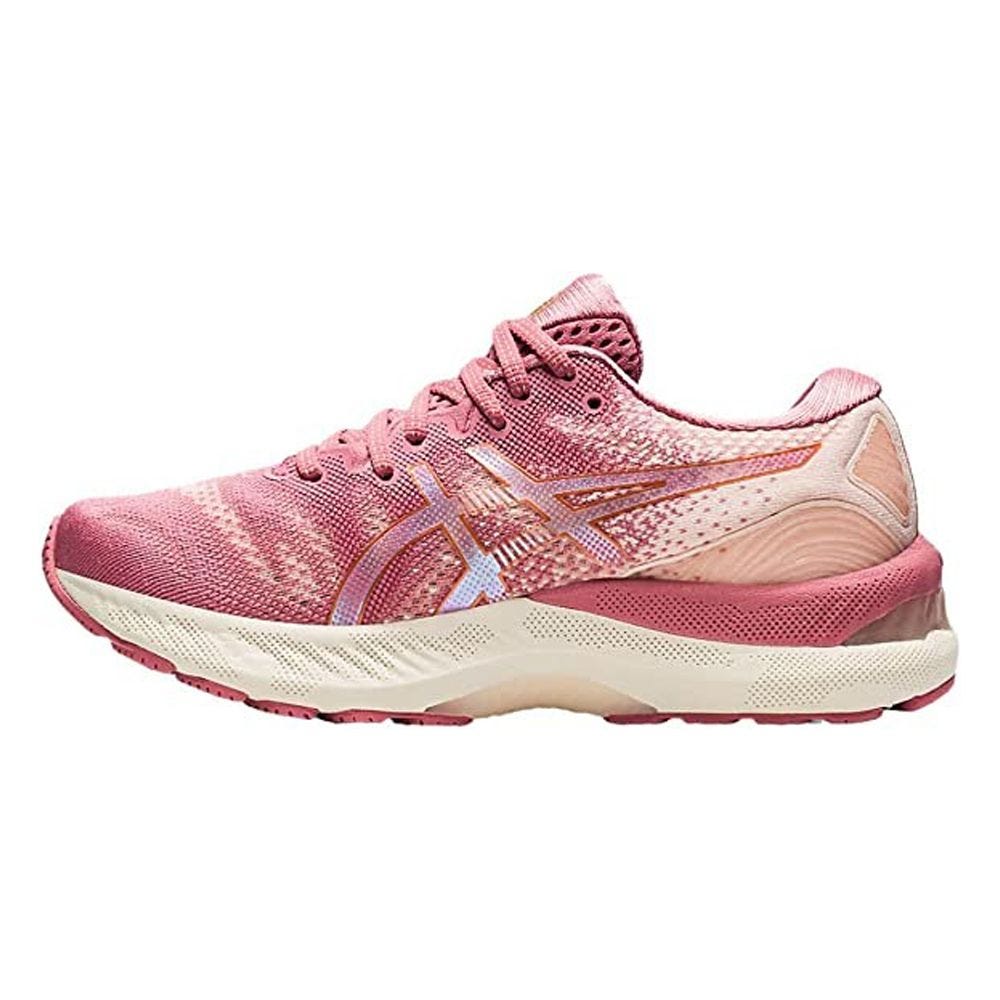
Identifying Your Arch Type
Understanding your arch type is crucial when choosing the right running shoes. Different arch types require unique support features to minimize discomfort and prevent injuries. Knowing how to determine your arch type helps you make an informed decision.
Methods to Determine Your Arch Type
- The Wet Foot Test: Place a damp foot on a piece of paper. Observe the footprint. Flat arches leave a full footprint. High arches show minimal contact. Neutral arches reveal a moderate print.
- Consult a Specialist: A podiatrist can assess your arch type through professional evaluation. This ensures accurate identification.
- Analyze Shoe Wear Patterns: Check how your footwear wears out. Excessive wear on the inner side indicates flat arches. Uneven wear on the outer side suggests high arches. Balanced wear points to neutral arches.
- Use Arch Testing Devices: Some sports shops offer machines to analyze your gait and arch structure.
Common Arch Issues to Consider
- Overpronation: Common in flat arches. Causes inward rolling of the foot. Leads to knee pain and plantar fasciitis.
- Underpronation: Found in high arches. Results in insufficient foot rolling. May cause impact-related pains.
- General Foot Pain: Neutral arches can have issues like mild discomfort or soreness from improper cushioning.
Recognizing your arch type and its challenges ensures you select running shoes with proper arch support. This improves comfort and running performance while reducing injury risks.
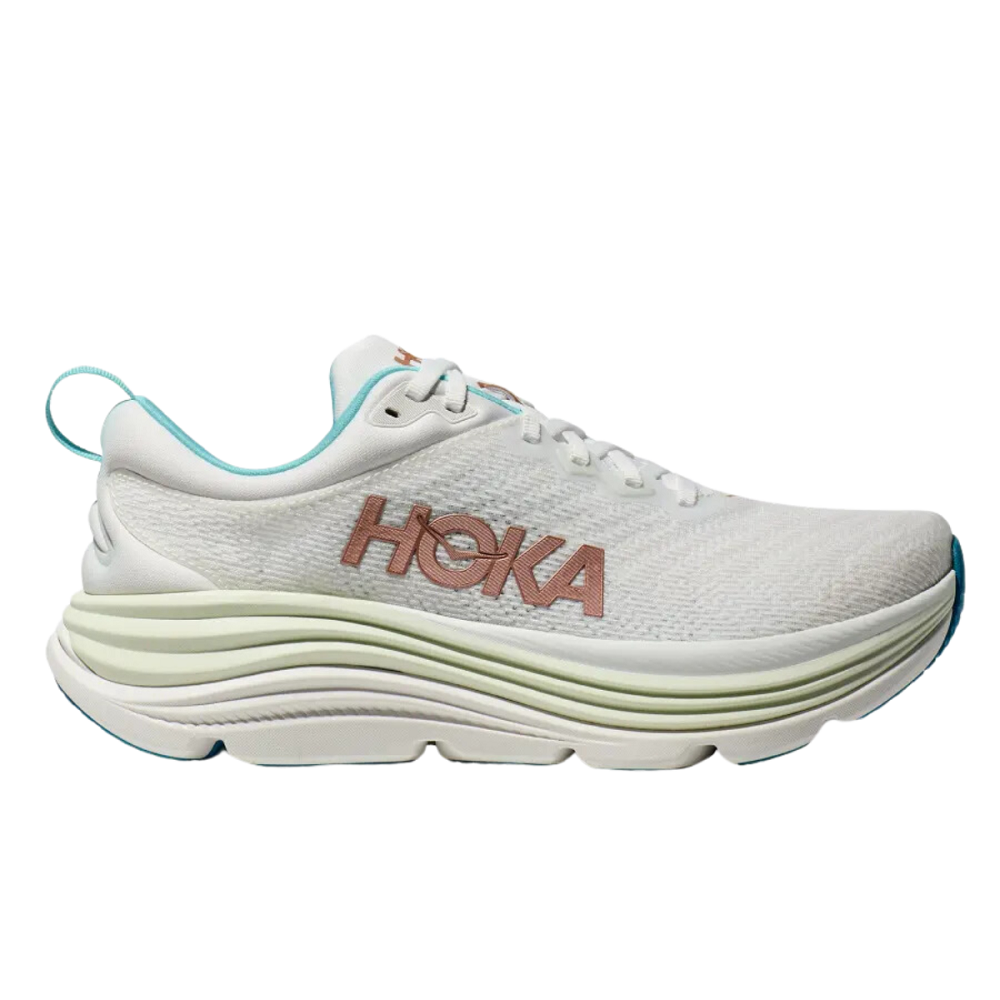
Features to Look for in Running Shoes with Arch Support
Choosing running shoes with arch support requires attention to specific features. These features ensure proper alignment, comfort, and injury prevention through effective support and design.
Cushioning and Stability Enhancements
- Adequate Cushioning: Helps absorb shock and reduces stress on knees and joints.
- Stability Features: Prevents excessive foot motion and supports proper gait.
- Targeted Support Areas: Focuses on arch zones for enhanced comfort.
Cushioned soles improve running performance. Stability reduces strain and minimizes injury risks.
Materials and Construction Quality
- Durable Materials: Ensure the shoes last longer and withstand wear and tear.
- Breathable Fabrics: Keep feet dry and comfortable during long runs.
- Lightweight Soles: Reduce fatigue and enhance natural movement.
Quality materials ensure consistent support. Breathability and durability increase overall comfort.
Flexibility and Motion Control
- Flexible Sole Design: Promotes natural foot motion while maintaining support.
- Motion Control Features: Helps stabilize feet and correct alignment.
- Adaptability to Arch Types: Accommodates flat, neutral, and high arches.
Flexibility improves freedom of movement. Motion control prevents improper footing, boosting stability.
Best Running Shoe Brands for Arch Support
Choosing the right brand for arch support is crucial for comfort and injury prevention. Several top shoe brands specialize in designs catering to different arch types and foot needs. Below are recommendations and comparisons to help you find the best match for your requirements.
Top Brands Offering Arch-Specific Designs
- ASICS: Known for advanced arch support and stability features. Ideal for flat and neutral arches.
- Brooks: Offers well-cushioned models with targeted support areas. Great for high arches and underpronation.
- New Balance: Combines durable materials with motion control features. Suitable for various arch types.
- Saucony: Provides lightweight shoes with flexible soles. Promotes natural movement while supporting the arch.
- Hoka One One: Known for oversized cushioning and shock absorption. Excellent for high arches and long-distance runs.
These brands use innovative designs to ensure better comfort, performance, and injury prevention for runners.
Comparison of Popular Arch Support Models
- ASICS Gel-Kayano: Offers stability control and extra cushioning for overpronation. Perfect for long-distance running.
- Brooks Ghost: Balanced cushioning for underpronation and neutral arches. Lightweight and supportive.
- New Balance 860: Strong motion control with durable materials. Ideal for flat or neutral arches.
- Saucony Guide: Combines flexibility and support for neutral-to-flat arches. Great for moderate pronation.
- Hoka Clifton: Extra cushioning and arch-focused design for high arches. Best for extended runs.
Comparing these models helps identify shoes that match your arch type and running style. Make a choice based on your comfort and performance needs.
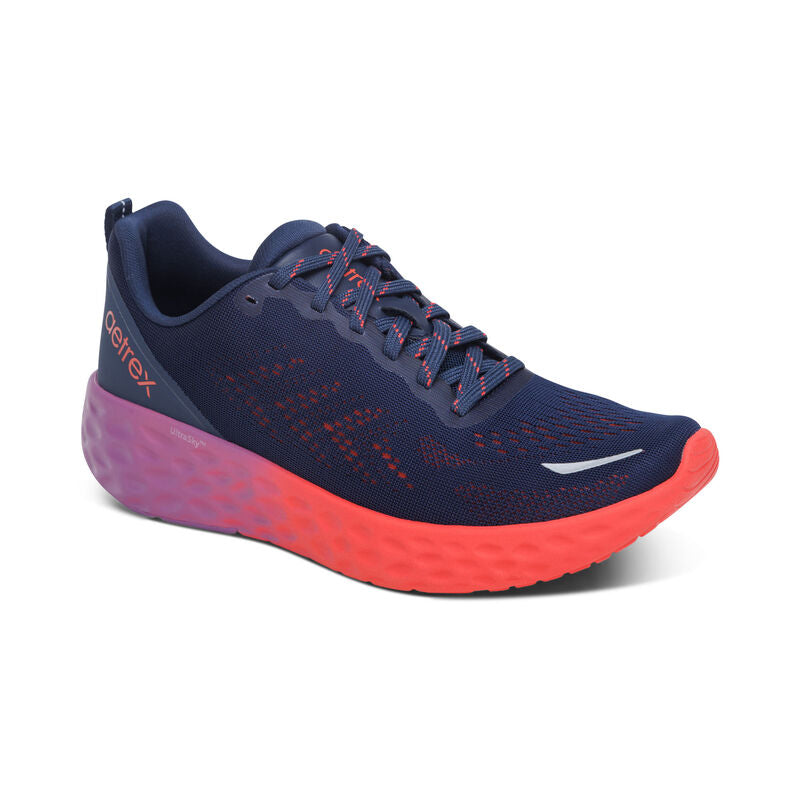
Tips for Selecting the Right Running Shoes
Finding the right running shoes with arch support is essential for comfort and injury prevention. Here’s how to make the best choice for your feet and activity.
Matching Shoes to Your Foot Shape and Activity
- Understand Your Arch Type: Identify if you have flat, neutral, or high arches. Match shoes designed for your specific arch type.
- Consider Your Running Style: Choose shoes based on your running activity—long-distance, trail, or casual jogging.
- Check for Proper Fit: Ensure there’s enough room for your toes without extra sliding. The heel should stay secure.
- Focus on Cushioning and Support: Opt for shoes with cushioning fit for your arch type and the amount of shock absorption needed.
- Look for Stability Features: For runners with pronation issues, select shoes with adequate support and motion control.
- Assess Weight and Material: Lightweight designs work well for racers, while durable ones suit regular or trail runners.
Matching shoes to your foot shape and activity guarantees safety, comfort, and running efficiency.
Testing Shoes Before Purchase
- Walk or Jog in the Store: Test the shoes by walking or jogging a few steps to evaluate comfort and fit.
- Try Various Sizes: Shoe sizes differ between brands. Try half sizes up or down to ensure the best fit.
- Wear Running Socks: Bring socks you usually wear while running to simulate real-use conditions.
- Inspect Shoe Features: Check for arch-specific cushioning, flexibility, and breathability. Make sure they suit your needs.
- Visit Specialty Stores: Many stores offer gait analysis to provide expert advice on the right running shoes.
Testing running shoes before purchase ensures they fit well and provide the required support. It also helps prevent discomfort and injuries once you start using them.
Maintaining Running Shoes for Long-Lasting Support
Proper maintenance ensures your running shoes provide consistent arch support and perform effectively. Regular care extends their lifespan and keeps them comfortable for use.
Proper Cleaning and Storage Techniques
- Clean Your Shoes Regularly: Remove dirt and debris after every run to prevent wear.
- Use Gentle Cleaning Solutions: Wash with warm water and mild soap. Avoid harsh chemicals.
- Air Dry Only: Let shoes dry naturally. Avoid direct sunlight or heat sources.
- Remove Insoles: Take out insoles during cleaning to maintain their shape and structure.
- Store in a Cool, Dry Place: Avoid damp areas to prevent mold and odor development.
- Use Shoe Trees or Stuffing: Maintain the shape by inserting shoe trees or paper when not in use.
Proper cleaning and storage protect materials and maintain support over time.
Knowing When to Replace Your Shoes
- Monitor Mileage: Replace shoes after 300 to 500 miles of running, depending on usage.
- Check for Visible Wear: Look for worn-out soles or flattened cushioning.
- Notice Arch Support Changes: Reduced support can lead to discomfort or pain.
- Test the Fit and Comfort: If shoes feel loose or uneven, it’s time to replace them.
- Inspect Shoe Structure: Cracks, tears, or broken sole components indicate the need for new shoes.
Timely replacement ensures optimal comfort, injury prevention, and consistent arch support.

Additional Solutions for Better Arch Support
While running shoes with arch support are crucial, additional steps can enhance their effectiveness. Orthotic inserts and exercises can further improve comfort and reduce the risk of injuries.
Using Orthotic Inserts and Insoles
- Custom-Fitted Orthotics: Designed by specialists, these provide targeted support for specific arch problems. They correct alignment and improve comfort.
- Over-the-Counter Insoles: Available at stores, these offer enhanced cushioning for general arch support. They are an affordable and easy option for mild discomfort.
- Gel Inserts: These reduce stress by absorbing impact and providing extra padding for high-arched feet.
- Arch-Specific Inserts: Select inserts based on flat, neutral, or high arch needs. This ensures tailored support.
Inserts work well with running shoes to prevent overpronation, underpronation, and midfoot pain. Always replace them regularly to maintain their effectiveness.
Exercises to Strengthen Your Arches
- Toe Curls: Sit on a chair and place a towel on the ground. Use your toes to scrunch the towel. Perform 10-12 repetitions.
- Heel Lifts: Stand on the edge of a step, with your heels hanging off. Lift your heels, pause, and lower them. Do 10-15 reps.
- Arch Rolls: Use a frozen bottle or small ball. Roll it under your arches for a soothing massage and improved flexibility.
- Foot Stretching: Stretch your toes backward gently using your hands. Hold for 15 seconds per foot.
- Walking Barefoot: Walk on sand or natural surfaces to boost arch strength and flexibility.
Strengthening exercises improve arch stability and reduce foot strain. Combined with proper footwear and orthotics, they enhance overall foot health.
Building a Relationship with Your Running Shoes
Listening to Your Body
Developing a relationship with your running shoes is crucial for long-term comfort and injury prevention. Pay attention to how your body feels during and after runs. If you notice any discomfort in your arches, knees, or hips, it may be time to reassess your footwear. Sometimes, the leading indicator of footwear inadequacy is the body’s response to the stress of running.
Listening to your body during your training will provide valuable feedback about your shoes’ performance. If you experience fatigue or pain that seems to correlate with your running shoes, do not ignore these signs. Making prompt adjustments by consulting with professionals or trying out different shoes can help you find a solution before more serious issues develop.
Tracking Progress Over Time
Another way to build a relationship with your running shoes is to keep a record of your runs. Note the shoes you are wearing during each run, alongside your performance and any physical discomfort you may experience. Tracking this information will help you identify patterns and determine when to replace your footwear.
If you notice a significant drop in performance or increased discomfort after a specific mileage, this could indicate that it’s time to retire those shoes. Using a running log can become an essential tool for maintaining your running health and ensuring you are always equipped with the right support for your arches.

The Right Environment for Running Shoes
Adapting to Different Running Terrains
Choosing the right running shoes with arch support also means considering the terrain on which you’ll be running. Different environments, such as pavement, trails, or tracks, can necessitate different types of support. Shoes designed for road running typically offer more cushioning, while trail shoes may feature rugged outsoles for better traction and stability.
When transitioning between running surfaces, take into account how your arch type may influence your performance. For example, if you are using zero-drop shoes on uneven trails, consider incorporating more structured footwear as you navigate challenging terrains. Having multiple pairs that cater to your running conditions will enhance your overall experience and provide the appropriate arch support for each scenario.
Creating a Running Routine
Developing a consistent running routine that aligns with your shoe preferences and arch support needs can also lead to better performance. Plan your runs according to your shoes, taking advantage of specializations offered by various models. If you have shoes that work better on softer surfaces, consider scheduling more trail runs on weekends. Use your road shoes for speed training and tempo runs on track days.
Sticking to a routine that incorporates the right footwear for the situation can help achieve a more enjoyable running experience. By knowing how and when to use each pair you own, you make the most out of their ability to support your feet and arches adequately. This level of planning contributes directly to both performance and injury prevention.
In conclusion, understanding the importance of running shoes with arch support enhances your overall running experience. Familiarity with the various shoe technologies, attentiveness to what your body communicates, and knowledge of how different environments affect your footwear choices will lead to the best possible fit. A proactive approach to managing your running routine and building familiarity with your shoes can maximize comfort and performance. Investing time in selecting, testing, and maintaining the right pair for your arch type is a valuable step in your journey as a runner. Embrace the process, listen to your body, and enjoy the miles ahead!

